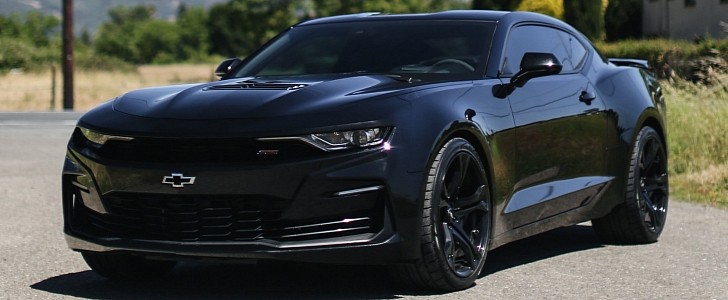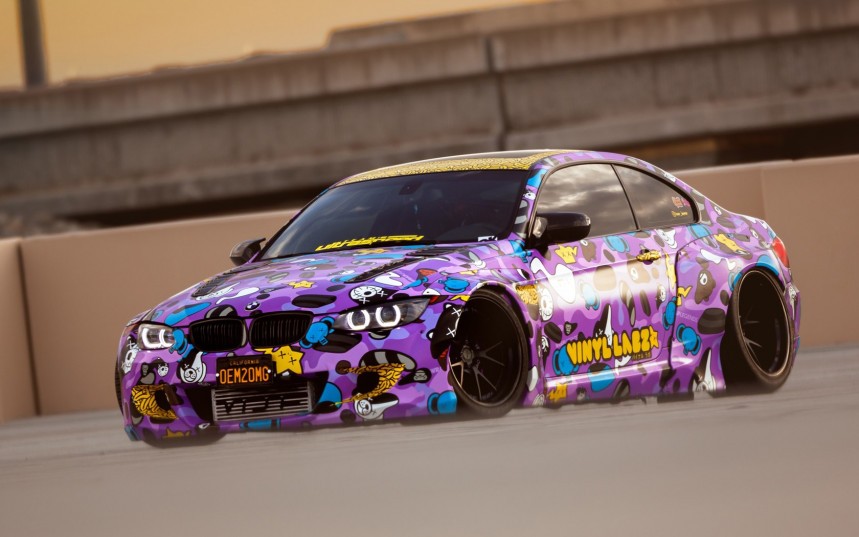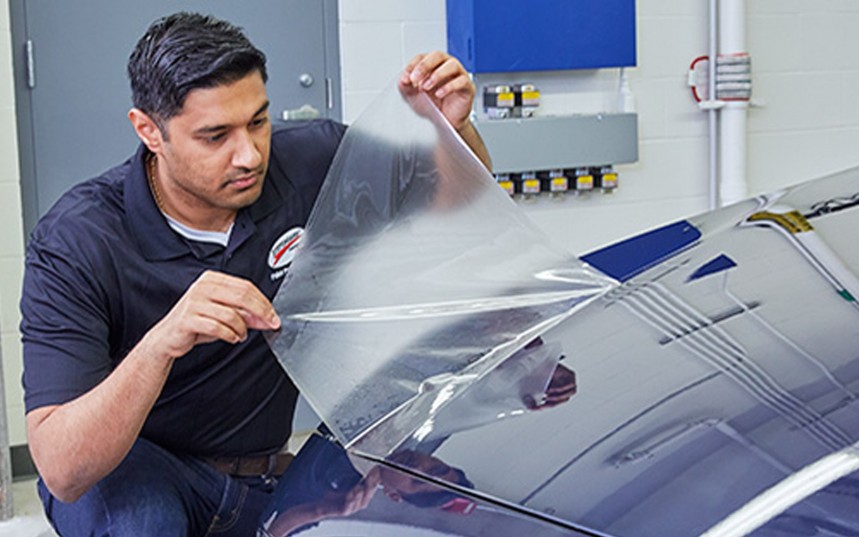Keeping your car’s paintwork intact can be a difficult task, especially if you drive it daily. To make your life much easier, you can fully or partially wrap it in paint protection film, and here is everything you should know about the product and the process.
From people who are malicious or just neglectful to mother nature, which throws various debris and the power of the elements at it, your car’s paintwork will eventually rack up some scratches.
Some might be easy to fix, but others need extensive repairs or a full-body panel repaint that ends up costing a lot of time and money. There are several solutions to this problem, some of which might not be cheap but will help you save both time and money in the long run.
One of those solutions is paint protection film (PPF), a product similar to the popular vinyl wrap used by many to personalize their rides. Although they are applied using similar methods, PPF is transparent and designed specifically to protect the bodywork.
This thermoplastic urethane film was first widely used by the military to protect vital parts of their vehicles. It was then adopted by the motorsport world and eventually made its way to production lines of carmakers such as Porsche, which like the military, partially wraps certain body panels in PPF for increased durability.
In recent years, many companies have developed special types of PPF designed for automotive use. They come in in a variety of thicknesses and premium multilayered products offer a self-healing topcoat capable of restoring itself after being scratched.
However, this regenerative capability depends on the severity of the scratches. These films are developed to protect against debris a car normally encounters throughout its lifetime, like rock chips, bird droppings, and light scratches, with a strong emphasis on ‘light.’
Some manufacturers produce PPFs that feature hydrophobic properties similar to what a ceramic coat can offer. This means that dirt and other contaminants won’t stick so easily to it, and it also makes the car easier to wash.
Depending on the product and its level of quality, PPFs can maintain their clarity for about ten years, making it a better long-term alternative to a ceramic coat.
Fully wrapping your vehicle’s bodywork in a professional detail shop where trained staff will decontaminate the paint and fix any scratches or chips before applying a quality film will cost you well over $7,000. Obviously, this can vary greatly depending on several factors, including the chosen film, the size of your vehicle, and the state of its paintwork.
A cheaper option is to apply PPF to body panels that are more susceptible to scratches like the front bumper and hood or the inside of the door handles. Some vendors offer pre-cut, vehicle-specific kits that you can apply yourself.
If you chose to do this yourself, you must consider that this process requires a bit of skill and a lot of patience. We recommend studying several videos before you decide. If you are confident enough you can complete the task, make sure to buy all the necessary tools and a high-quality film like 3M’s Scotchgard product range.
Some might be easy to fix, but others need extensive repairs or a full-body panel repaint that ends up costing a lot of time and money. There are several solutions to this problem, some of which might not be cheap but will help you save both time and money in the long run.
This thermoplastic urethane film was first widely used by the military to protect vital parts of their vehicles. It was then adopted by the motorsport world and eventually made its way to production lines of carmakers such as Porsche, which like the military, partially wraps certain body panels in PPF for increased durability.
In recent years, many companies have developed special types of PPF designed for automotive use. They come in in a variety of thicknesses and premium multilayered products offer a self-healing topcoat capable of restoring itself after being scratched.
However, this regenerative capability depends on the severity of the scratches. These films are developed to protect against debris a car normally encounters throughout its lifetime, like rock chips, bird droppings, and light scratches, with a strong emphasis on ‘light.’
Some manufacturers produce PPFs that feature hydrophobic properties similar to what a ceramic coat can offer. This means that dirt and other contaminants won’t stick so easily to it, and it also makes the car easier to wash.
Fully wrapping your vehicle’s bodywork in a professional detail shop where trained staff will decontaminate the paint and fix any scratches or chips before applying a quality film will cost you well over $7,000. Obviously, this can vary greatly depending on several factors, including the chosen film, the size of your vehicle, and the state of its paintwork.
A cheaper option is to apply PPF to body panels that are more susceptible to scratches like the front bumper and hood or the inside of the door handles. Some vendors offer pre-cut, vehicle-specific kits that you can apply yourself.
If you chose to do this yourself, you must consider that this process requires a bit of skill and a lot of patience. We recommend studying several videos before you decide. If you are confident enough you can complete the task, make sure to buy all the necessary tools and a high-quality film like 3M’s Scotchgard product range.








